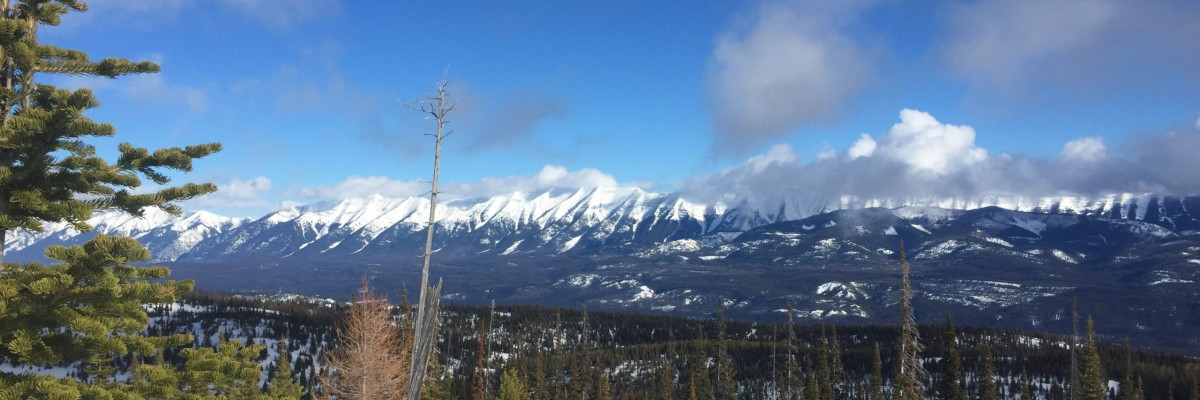The current avalanche danger is LOW for the West Central Montana backcountry. Low danger does not mean no danger. Human triggered avalanches are still possible, unstable snow can be found on isolated terrain features.
Good morning, this is Logan King with the West Central Montana Avalanche Center’s avalanche advisory for Saturday, January 21, 2017. This danger rating does not apply to operating ski areas, expires at midnight tonight and is the sole responsibility of the U.S. Forest Service.
Weather and Snowpack
Conditions this morning continue to be mild with mountain temperatures in the teens to low twenties across the region. Winds are light this morning as Point 6 is recording winds gusting to 18mph out of the east and at Deer Mountain in the southern Bitterroot winds are gusting to 17mph from the south-east. Most snotel sites show no new snow overnight while Twin Lakes in the Bitterroot possibly picked up an inch or two of snow since yesterday afternoon.
Observers near Lost Trail Pass were able to get small windslabs to fail on Thursday and the windslabs will continue to be the primary concern today. Windslabs are small and isolated and may be hard to identify so carefully look for sign of wind transport when choosing where to recreate today. Winds have been anything but consistent this year and unfortunately windslabs can still be found on any aspect due to local variability in the wind, so carefully evaluate which aspects and terrain features are wind loaded while you are traveling.
The secondary avalanche concern today will be persistent slabs. Travis and Matt were in the southern Missions yesterday and found the near surface facets to be reactive in compression tests but they did not propagate in extended column tests. The persistent weak layers will be of greatest concern in areas where the surface snow has settled and formed a slab. Slabs are not widespread but pay attention to how the snow feels underneath you as you travel and if it has a slab like feel to it, take the time to look at what snow structure is underneath.
Finally Temperatures have been warm and what little snow we have seen the last couple days has been wet and heavy. Small wet point releases have been seen throughout the region over the last few days. Be cautious of heavily solar affected aspects that will be more prone to these small wet slides, if you see rollerballs start moving try to find a cooler and dryer aspect to recreate on. Although not large in size these loose wet slides can be dangerous if terrain traps are present. Keep in mind the consequences of even a small slide if there are trees or rocks that you would get carried through or over.
Avalanche and Weather Outlook.
A weak disturbance is expected across the region today bringing scattered light snow showers, with minimal accumulations. The subtle change in the weather will not have an effect on the avalanche conditions and the avalanche danger looks to stay the same through today.
We continue to get great public observations, and as always if you get out please feel free to share what you are finding. Your observations are extremely helpful with writing the advisory and keeping track of regional conditions.
The next regularly scheduled advisory will be on Tuesday, January 24, 2017.
Ski and ride safe.
























